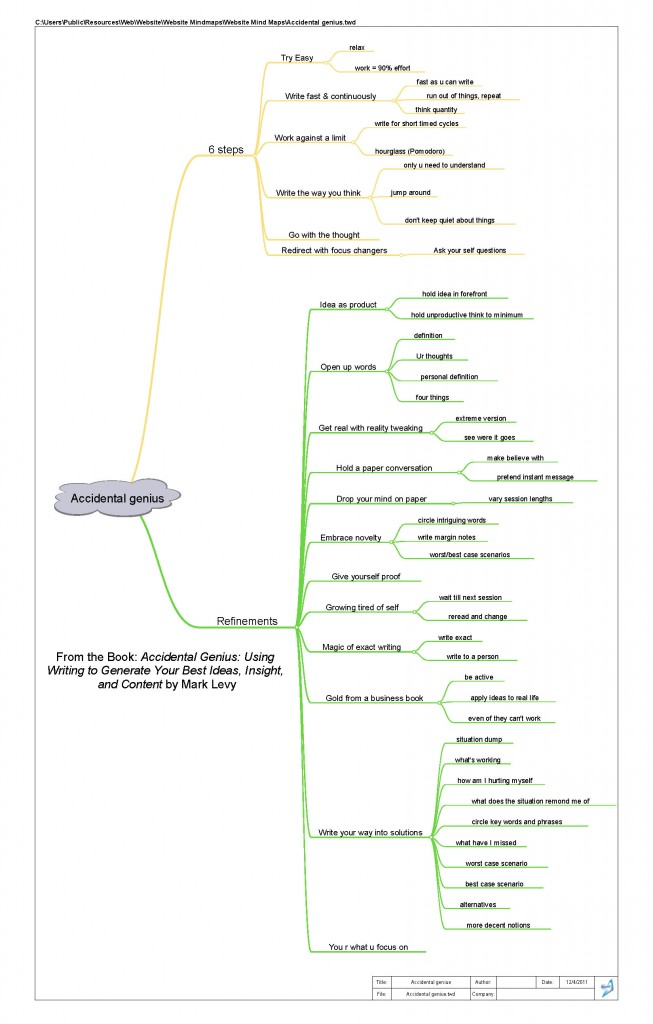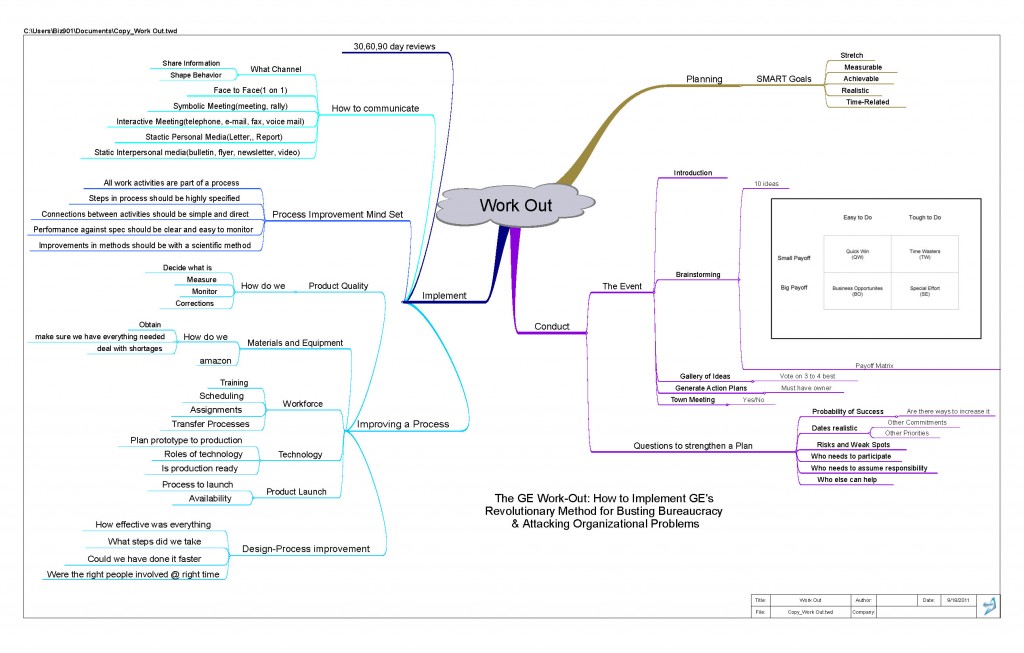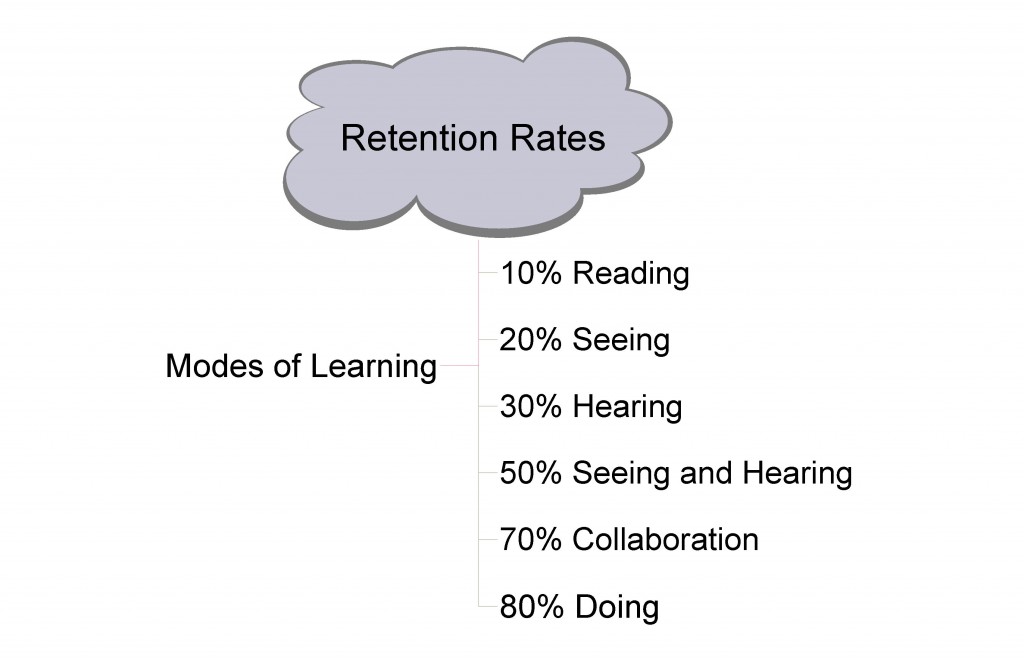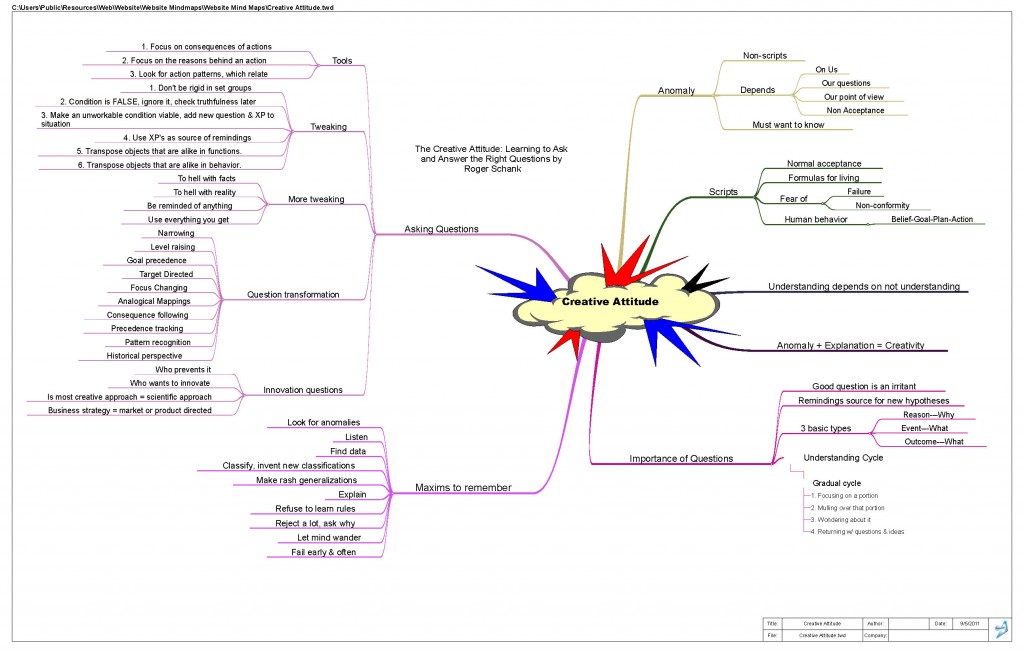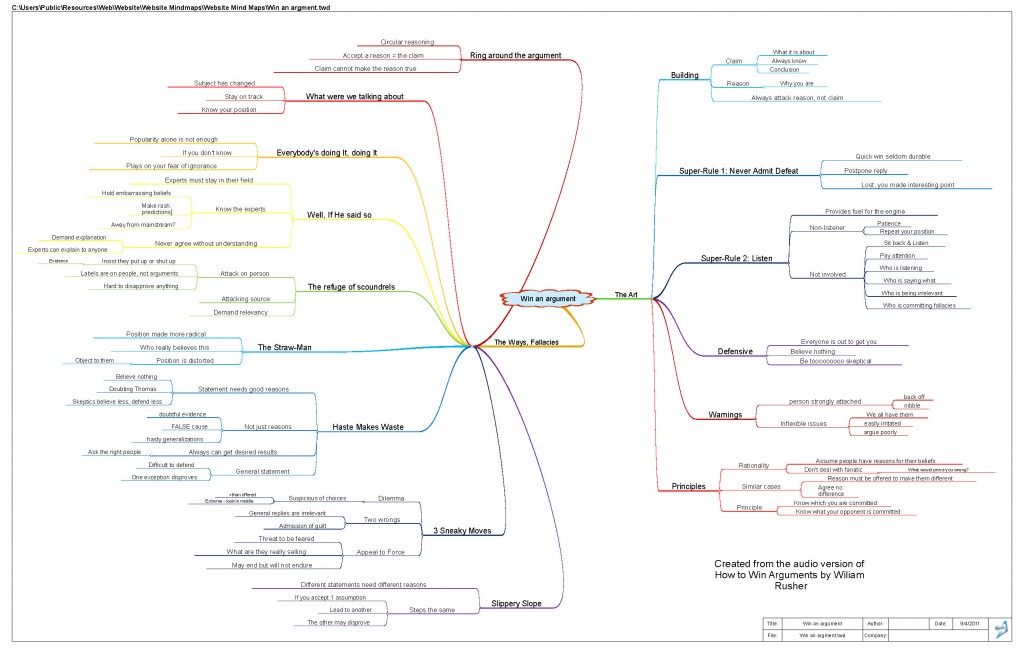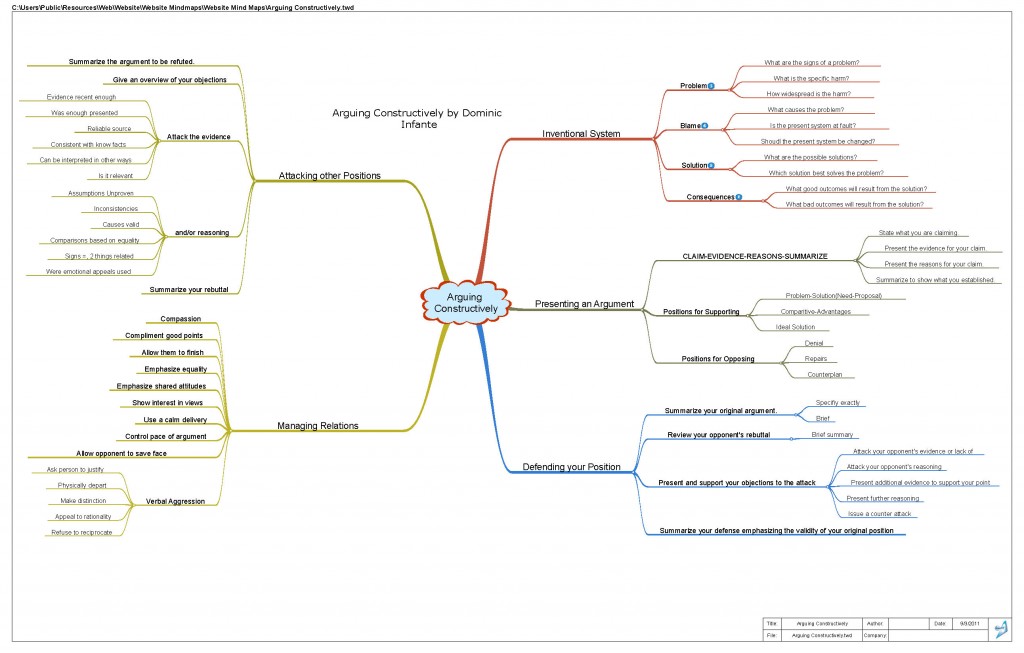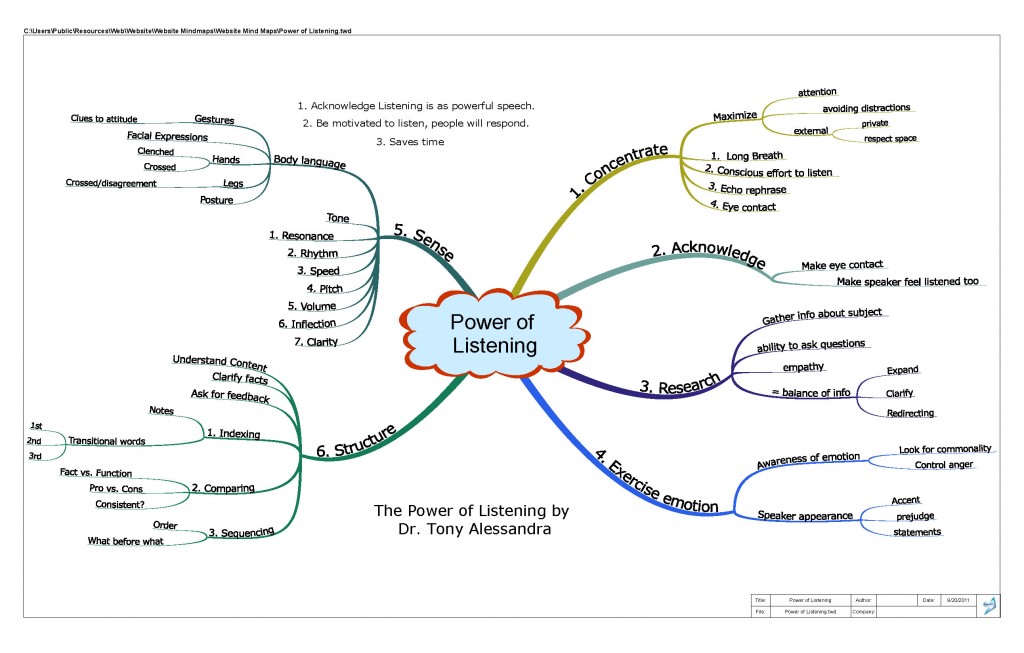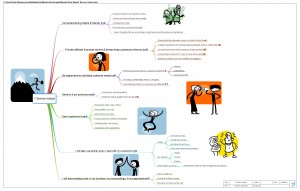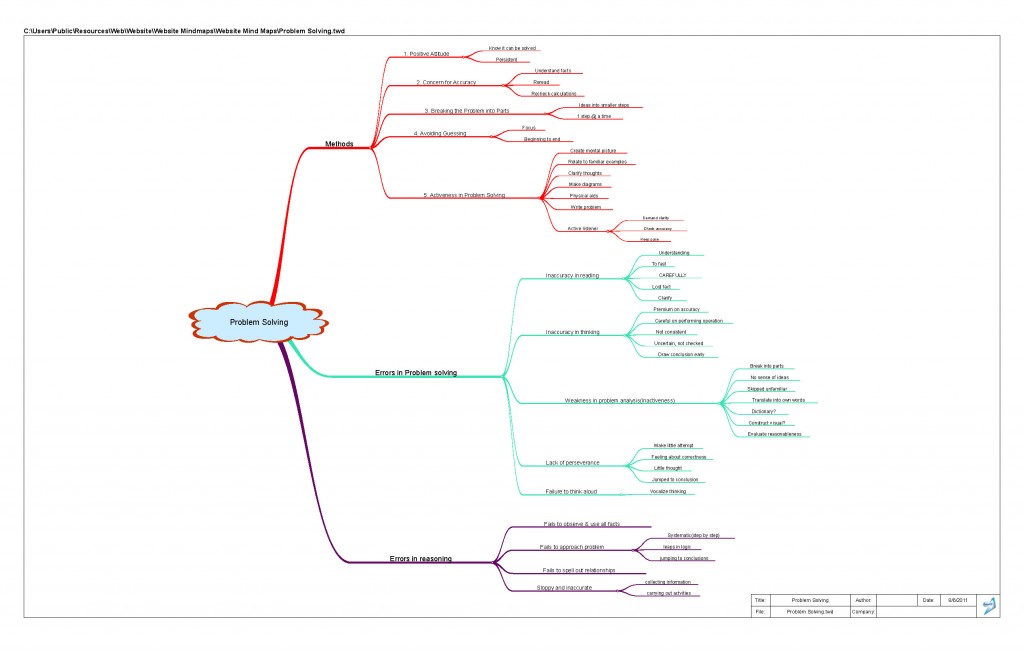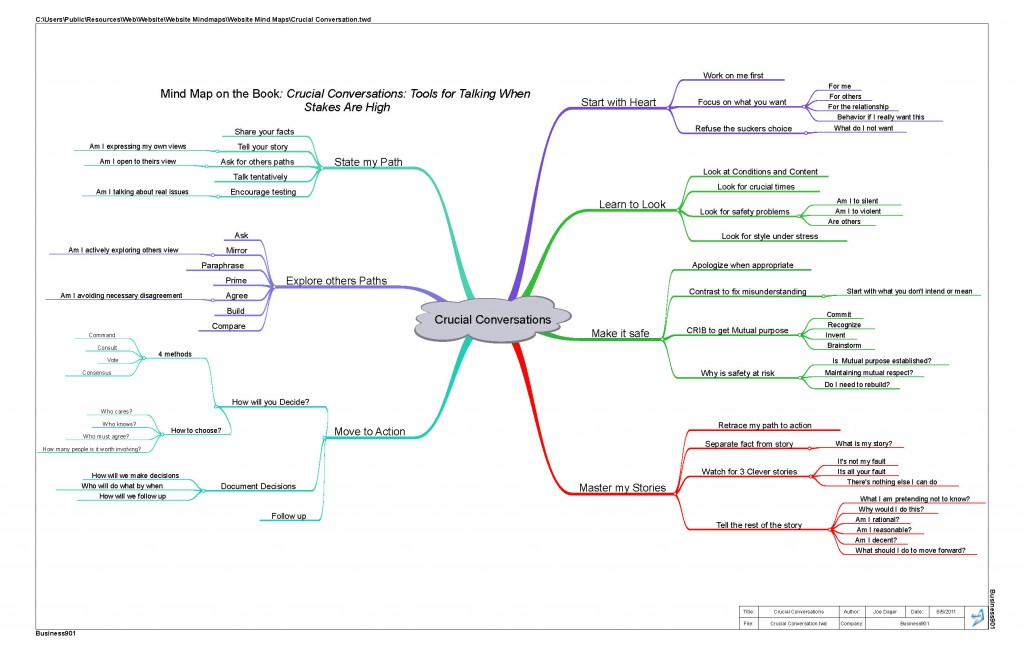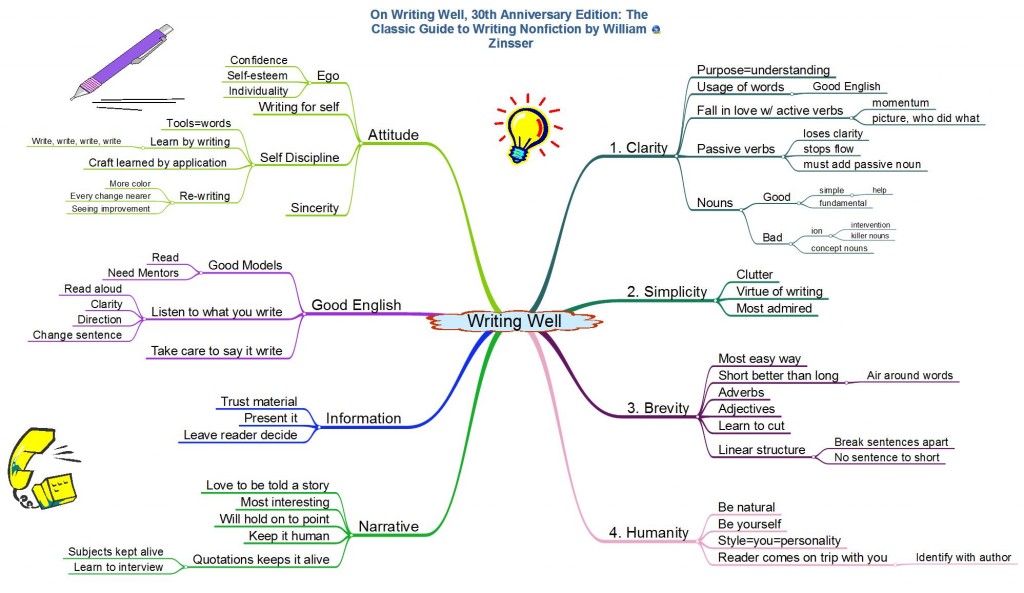My Collection of Mind Maps
I will be updating these on a regular basis. There are Amazon links embedded in the titles.
This is my collection of mind maps created from listening or reading the Patrick Lencioni business series of books. If ys ou think this is an endorsement for Lencioni’s books, it is.
When it comes to creating ideas, we hold ourselves back. That’s because inside each of us is an internal editor whose job is to forever polish our thoughts, so we sound smart and in control, and so that we fit into society. But what happens when we encounter problems where such conventional thinking fails us? How to get unstuck?
In the book, Accidental Genius, author Mark Levy says the answer is freewriting, a technique he’s used for years to solve all types of business problems, and generate ideas for books, articles and blog posts. Freewriting is deceptively simple: Start writing as fast as you can, for as long as you can, about a subject you care deeply about, while ignoring the standard rules of grammar and spelling. Your internal editor won’t be able to keep up with your output, and will be temporarily shunted into the background. You’ll now be able to think more honestly and resourcefully than before, and will generate breakthrough ideas and solutions that you couldn’t have created any other way. Levy shares six freewriting secrets designed to knock out your editor and let your genius run free. Also new to this edition: an extensive section on how to refine your freewriting into something you can share with the world. Although Levy originally taught freewriting as a private brainstorming.
The GE Work-Out : How to Implement GE’s Revolutionary Method for Busting Bureaucracy & Attacking Organizational Problems lays out instructions for implementing GE’s “Work-Out” method. Flexible in execution, the method calls for collecting large teams of employees for defining tough business decisions, then breaking into smaller teams to develop solutions. The small teams then meet with a manager in a “town meeting” to discuss their recommendations. The result is change that’s brought about by employees themselves. This was my introduction to Six Sigma and the mind map below was a precursor to Six Sigma training.
I forget where this information exactly came from but it has been repeated over and over again in many studies. I always wonder why we spend so little time creating training that mimics how we learn effectively.
The Creative Attitude: Learning to Ask and Answer the Right Questions: “Roger Schank has written a great book on creativity. He shows how asking the right question(s) in the right place lead you to innovative solutions. He describes how we think unconsciously using scripts. It is only when this script fails do we consciously start to think. He calls this an anomaly. It is by asking questions and using “remindings” as inputs to questions that we can develop creative solutions to these anomalies. Anomalies + Explanations = Creative Thought. The author has thought very deeply on the creative process. You must read it several times to fully apply his techniques. He gives you plenty of lists and questions to use as suggestions. He tells you how to form questions, and how to tweak them. This is one of the best books on creative thinking that I’ve read.” – From an Amazon Review
How to Win Arguments by William A. Rusher is an entertaining work, sprinkled with illustrative real-life anecdotes, is a comprehensive guide to the techniques, rhetorical devices and principles of successful argumentation. The author was a debater since age thirteen, television commentator and syndicated columnist. This mind map was created from the audio version which I recommend. Even if the title turns you off the lessons learned will stimulate any conversation advancing it to another level.
Arguing Constructively by Dominic Infante is a clear and engaging volume is unique because of its dual focus. On the one hand, the purpose is to instruct on the methods of argumentation theory. This represents a set of principles, methods, and strategies of argument that have evolved from the time of Ancient Greece. On the other hand, the intent is to teach human relations in argumentative situations, specifically, how to manage interpersonal relations during arguments. I added a few extras to the mind map over and above the book.
This mind map is on the The Power of Listening and developed from the audio version of the product.
This mind map is on the 7 Service Values (source unknown):
This mind map predates my commitment to Lean Thinking and particular to the PDCA and A3 processes. This Problem Solving mind map is still useful as an effective reminder of a few of the errors that we make during the problem solving process. A good reminder even for a member or the facilitator of a problem solving team.
This is one of my all time favorite mind maps and I really do use it before having a conversation on the phone just to remind me of a few key points. I actually have found myself reviewing it while talking on the telephone. The book, Crucial Conversations Tools for Talking When Stakes Are High, Second Edition is literally the definitive guide on the subject.
This particular book is a timeless classic and has been one of my favorite ones for many years. On Writing Well: The Classic Guide to Writing Nonfiction, first published in 1976, has sold almost 1.5 million copies to three generations of writers, editors, journalists, teachers and students. I recommend it to any inspiring writer or blogger.

